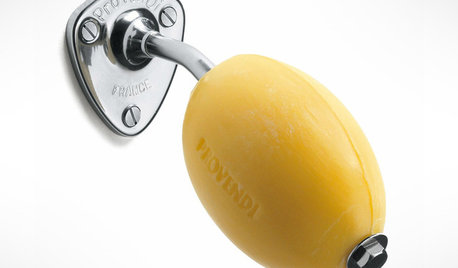Diluting Liquid Molasses
d_lawn
16 years ago
Featured Answer
Sort by:Oldest
Comments (16)
dchall_san_antonio
16 years agoRelated Professionals
Saint Charles Landscape Architects & Landscape Designers · Anderson Landscape Contractors · Brentwood Landscape Contractors · Elgin Landscape Contractors · Fairfield Landscape Contractors · Vallejo Landscape Contractors · Rehoboth Driveway Installation & Maintenance · Riverside Driveway Installation & Maintenance · Bellmawr Fence Contractors · Corona Fence Contractors · Hackensack Fence Contractors · Lady Lake Fence Contractors · Palo Alto Fence Contractors · Richmond West Fence Contractors · Hermosa Beach Fence Contractorssegask
16 years agoskoot_cat
16 years agordak
16 years agograyentropy
16 years agomorpheuspa (6B/7A, E. PA)
16 years agograyentropy
16 years agomorpheuspa (6B/7A, E. PA)
16 years agorobbin9429
14 years agodchall_san_antonio
14 years agorobbin9429
14 years agostan6
14 years agofreyja5
14 years agodchall_san_antonio
14 years agorobbin9429
14 years ago
Related Stories

BATHROOM VANITIESBetter Places to Stash That Soap
Banish gloppy bars and flimsy pumps, and the only things you’ll need to clean are your hands
Full Story
HOUSEKEEPINGDon't Touch Another Stain Before You Read This
Even an innocent swipe with water may cause permanent damage. Here's what to know about how rugs and fabrics react
Full Story
HOUSEKEEPINGThe Best Way to Get Your Windows Spotlessly Clean
Learn the pros’ tips and tricks for cleaning windows and getting them streak-free
Full Story
HOUSEKEEPING12 Cleaning Projects That Go a Little Deeper — Naturally
Eucalyptus oil for germy door handles. Baking soda for oven grime. Here are nontoxic solutions for often-overlooked cleaning jobs
Full Story
HOUSEKEEPINGHow to Clean Stainless Steel
Protect this popular kitchen material with a consistent but gentle cleaning routine
Full Story
HOUSEKEEPINGTackle Big Messes Better With a Sparkling-Clean Dishwasher
You might think it’s self-cleaning, but your dishwasher needs regular upkeep to keep it working hard for you
Full Story
HOUSEKEEPING20 Things You Might Be Forgetting to Spring-Clean
Clean these often-neglected areas and your house will look and feel better
Full Story
HOUSEKEEPINGOut, Darn Spot! Tips for Removing Carpet Stains
Know the right solutions and when to use them to prevent stains from pets, soda, chocolate, blood and more
Full Story
GARDENING GUIDESGet on a Composting Kick (Hello, Free Fertilizer!)
Quit shelling out for pricey substitutes that aren’t even as good. Here’s how to give your soil the best while lightening your trash load
Full Story
HOUSEKEEPINGHow to Clean a Glass Shower Door
See which tools and methods will keep those glass shower walls and doors sparkling clean
Full StorySponsored






morpheuspa (6B/7A, E. PA)